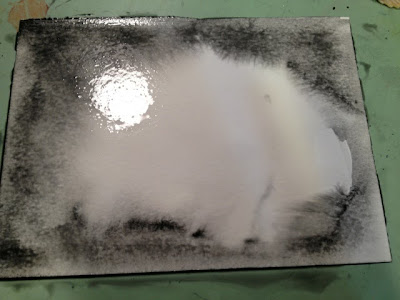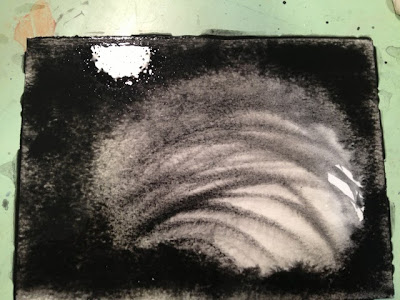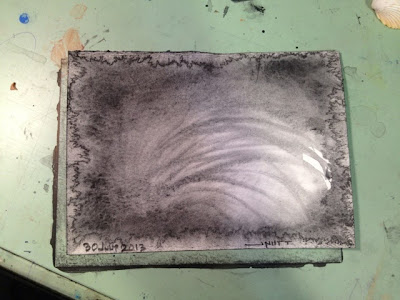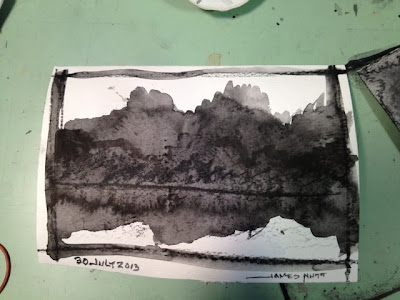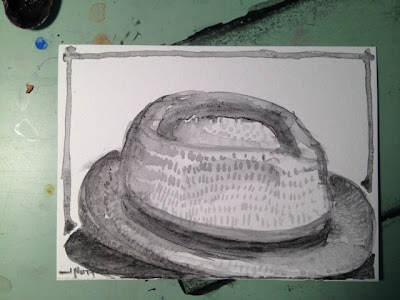A great, and this time rainy, sketch day at the MN State Fair. This is my 5th year in a row!
With the rain and humidity my paintings took longer to dry so that changed up my strategy a bit.
These images are in the rough order of execcution with the exception of the pig. I put my favorite first!
This is mostly from my new paint kit based on Liz Steele's 2017 water color set up.
The book is 8 1/2" x 11" water color paper. Most of these take me between 25 -45 minutes.
Dreaming Pig
This was my 3rd or 4th drawing in. This was fun because two of the kids who show the pigs had questions while I did the piece. This is my favorite of the bunch and was featured on an MPR post with other beautiful work from sketchers from the same day. How cool is that?
I always start with a Twisted Sister Sausage for my warm up sketch. It was really raining here. Not my favorite sketch (past years were better) but I really learned how the paper and paints were acting will all of rain and humidity. So...it is probably the most valuable sketch of the day. Certainly the tastiest.
The rain dictated indoor sketches, so this year is animal heavy. This first sketch was fun because the kid who owned the turkey talked to me a little. The bird was fun to draw but he wasn't really crazy about me standing there.
This Rooster most certainly was not crazy about me painting him. I think that is why is looking a little like an aggressive eagle. Such a beautiful bird. I was trying to stay loose and capture some of the beautiful colors in the black feathers. It is always interesting to paint in a high traffic area. You can see people wanting to ask but not ask. I always talk to anyone who engages me. I imagine if I wasn't 6'-5", 270# and bald I might get more takers. Despite that I generally wind up having several dozen conversations about the paintings during the day.
I needed to walk around and let these dry. I finally found an open table mostly out of the rain and did a quick sketch of this musician as the other two dried and received a few touch ups.
Where the rooster did not want to be painted, these two sheep didn't mind being painted at all. If you look close you can see rain drops in the pre mixed grey while I walked around waiting for them to dry.
The pig was next. I have drawn a pig every year. I guess it is a thing now.
These last two sketches were my wrap up. It was half an hour before we met as a group and I finally found a covered place to sit. I typically wrap up with people sketches. This was done sitting with a nice couple who had family showing animals. I was explaining my kit and sketching nearby people. My favorite was the guy holding the wooden staff in a clear rain coat holding court with a huge corn dog in his hand. So I labeled him "The Corn Dog Messiah"
Thanks to Marty Harris and Roz Stendahl and the Metro Sketchers for organizing!
Anyway, I hope you enjoyed these!

































